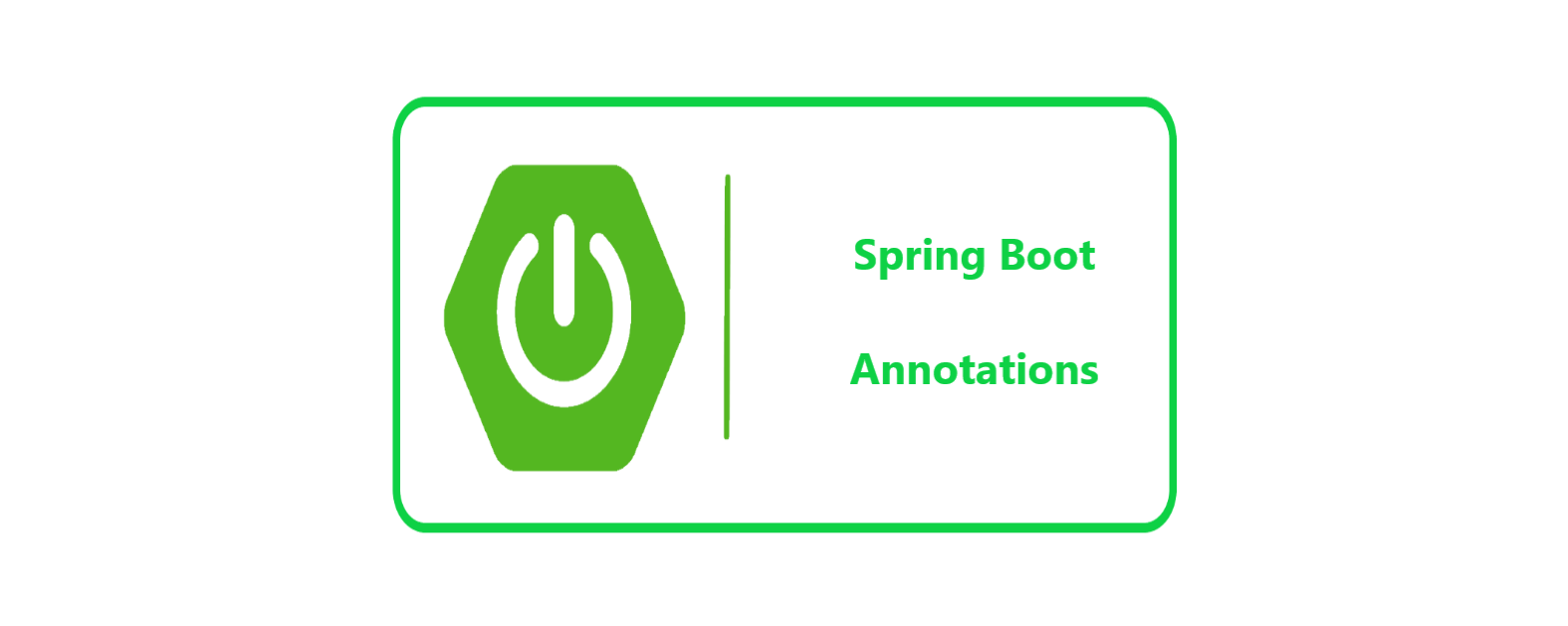

Spring Boot Starter web dependency is used to write a Rest Endpoints. Spring Boot Starter Security dependency is used for Spring Security. Spring Boot Starter Actuator dependency is used to monitor and manage your application. Look at the following Spring Boot starters explained below for a better understanding − Note that all Spring Boot starters follow the same naming pattern spring-boot-starter- *, where * indicates that it is a type of the application. Spring Boot resolves this problem by providing a set of dependencies for developers convenience.įor example, if you want to use Spring and JPA for database access, it is sufficient if you include spring-boot-starter-data-jpa dependency in your project. Handling dependency management is a difficult task for big projects. Spring Boot automatically scans all the components included in the project by using annotation. The entry point of the spring boot application is the class contains annotation and the main method. For example, if MySQL database is on your classpath, but you have not configured any database connection, then Spring Boot auto-configures an in-memory database. Spring Boot automatically configures your application based on the dependencies you have added to the project by using annotation. It offers annotation-based spring application
#Springboot annotations manual#
In Spring Boot, everything is auto configured no manual configurations are needed. It provides a powerful batch processing and manages REST endpoints. It provides a flexible way to configure Java Beans, XML configurations, and Database Transactions. You can choose Spring Boot because of the features and benefits it offers as given here − Offer an easier way of getting started with the application.

#Springboot annotations free#
Or it can save you from defining in configuration classes in case you want to keep your beans free from Spring classes Such configuration make it possible to scan for classes from a Spring unaware 3rd party jar without defining beans In the following example, Spring will scan for components in package functions that implement interface: (Ĭlasses = Function. Main annotated class) - can be configured with a filter that instead of looking for typical SpringĪnnotations, looks for specific Java types.
#Springboot annotations code#
Project source code - it can scan for components - meaning go through classpath to find beans - even for classes that are notĪnnotated with any of the Spring stereotype annotations like annotation - that can be placed on any class (including the Spring Boot has an interesting capability that I haven't discovered till very recently when going through Spring Cloud Function


 0 kommentar(er)
0 kommentar(er)
